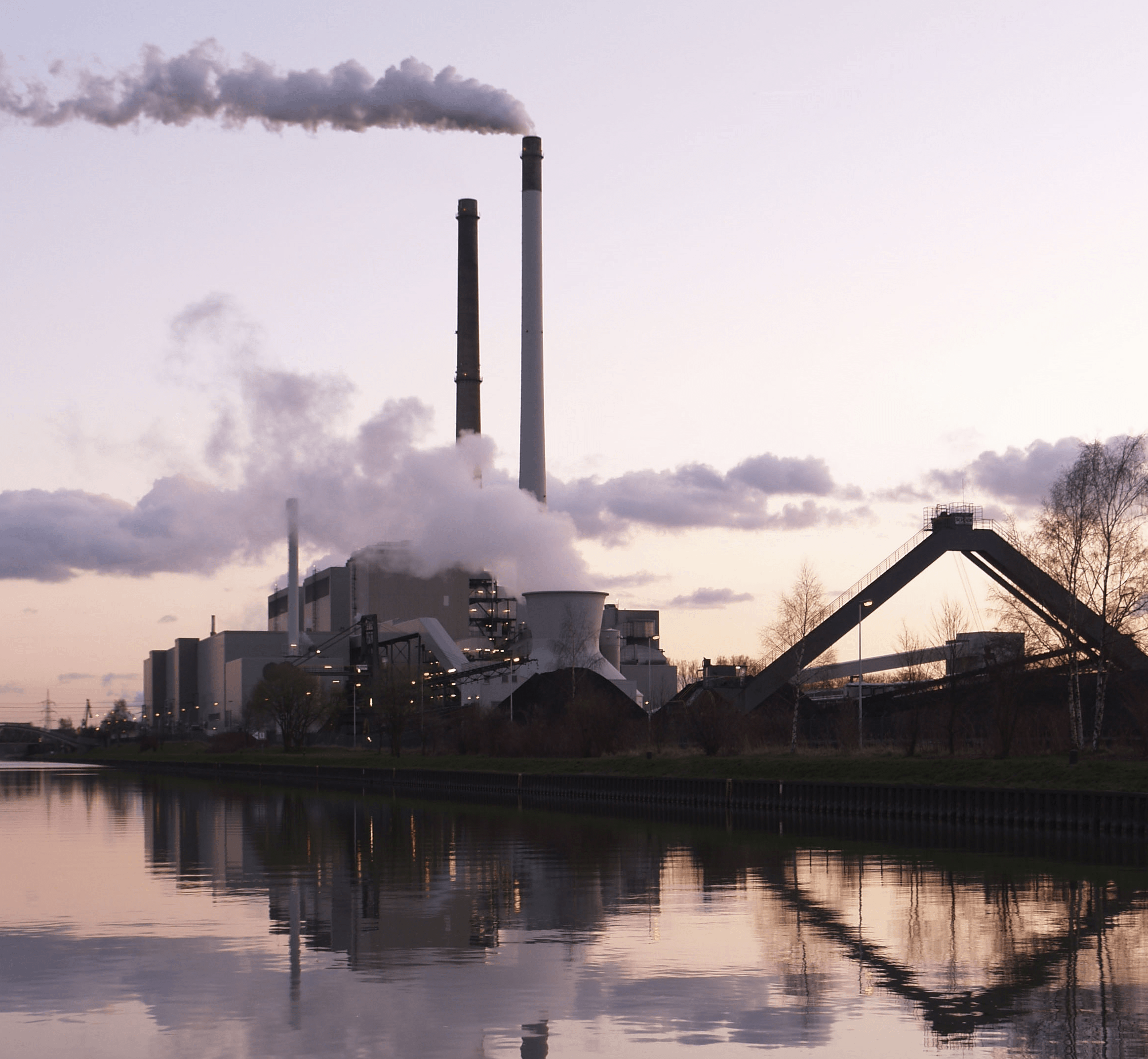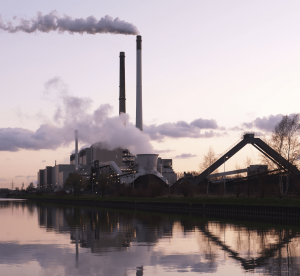
The Carbon Bubble: What We Know and Why You Should Care
Climate change is real and happening now. In order to address this, the international community has agreed to prevent average global temperatures from rising more than 2° C (relative to pre-industrial levels) by 2050. However, staying below this 2° C benchmark translates to a carbon budget, a total amount of CO2 that can be released into the atmosphere before this benchmark is reached. This budget has been calculated by climate scientists to be approximately 886 billion tons (Gt) of CO2 for the 2000-2050 period, with an estimated 321 GtCO2 of this budget already used in the past decade.
Having already burned through more than a third  of our carbon budget would be bad news if it ended there. However, while the Earth only has 565 GtCO2 of its budget remaining, proven fossil fuel reserves represent a footprint of 2795 GtCO2, almost five times that amount. This means that only about 20% of the proven fossil fuel reserves can be burned, leaving the remaining 80% as “unburnable stranded assets.” This problem is compounded because these fossil fuel reserves are entered into the market capitalization calculations of the fossil fuel industry. The result is that the world’s financial markets are carrying a “carbon bubble,” if world governments act to meet this carbon budget.
of our carbon budget would be bad news if it ended there. However, while the Earth only has 565 GtCO2 of its budget remaining, proven fossil fuel reserves represent a footprint of 2795 GtCO2, almost five times that amount. This means that only about 20% of the proven fossil fuel reserves can be burned, leaving the remaining 80% as “unburnable stranded assets.” This problem is compounded because these fossil fuel reserves are entered into the market capitalization calculations of the fossil fuel industry. The result is that the world’s financial markets are carrying a “carbon bubble,” if world governments act to meet this carbon budget.
An economic bubble occurs when there is a divorce between an asset’s price and its inherent value. This is often due to speculation, where—be it Dutch tulips or American houses—people see an upward trend in prices and continue to buy said asset in the hopes of selling it for a future profit. This is self-propelling to the point where the asset’s value is primarily maintained through that speculation. When this fantasy price collapses, you see the bubble pop, and, like in 2008, wide-spread market damage and human suffering occurs.
What is different about the “carbon bubble” is that it is not a naturally occurring speculative phenomenon, but, rather, one created by the reality of a warming climate and the future infeasibility of burning hydrocarbons. Hydrocarbon firms are pegging their market value to the estimated future price of these reserves without taking into consideration that they may, in fact, be worthless.
This leaves us in with an unfortunate choice: do we want an increasingly warming planet, or a market crash that could dwarf the Great Recession?
The answer to this question is not clear, but it is increasingly unlikely that the international community will succeed in meeting its 2° C goal based on current projections. If we push the timeline out past 2050, or factor in a higher acceptable temperature rise, the carbon bubble shrinks. However, current reserves are not static geological features; future exploration and discovery efforts are virtual certainties, and this will continue to increase total global reserves, or, in the least, keep pace with reserve depletion. Additionally, since reserves are merely economically viable resources, advances in technology or increases in price will also increase the reserve-base.
 One thing is certain—the world will eventually need to shift away from carbon-based energy to mitigate climate change. When that happens, there will be stranded hydrocarbon reserves represented as a major portion of some of the largest publically traded companies (and their derivatives) in the world. The collapse of these industries will result in massive economic damage and its inevitable human cost.
One thing is certain—the world will eventually need to shift away from carbon-based energy to mitigate climate change. When that happens, there will be stranded hydrocarbon reserves represented as a major portion of some of the largest publically traded companies (and their derivatives) in the world. The collapse of these industries will result in massive economic damage and its inevitable human cost.
In order to address this, markets and energy firms need to begin factoring in the possibility of unburnable carbon. Last month, this question was raised at the annual shareholders meeting of Consol Energy, with 19.7% of the vote supporting a proposal requesting a plan of action from Consol regarding the potential of unburnable carbon. This significant minority position is a positive sign of a possible future change in investor attitude toward this risk.
It is also possible that carbon capture and sequester (CCS) technology might prove to mitigate some of this bubble, as this technology would allow these hydrocarbon reserves to be burned absent their natural carbon footprint. While far from economical at present, an external force (e.g. carbon tax or cap) would push increased research capital into the development of this technology. Firms have already spent billions of dollars on exploration, development, and concessions; building on and utilizing the technology to make use of these resources in a capped carbon-emission environment would mitigate losses and soften market ramifications. The fossil fuel industry is best positioned to bring these technological changes to market, but governments must act as first-movers to push the market to price climate-related externalities into future assessments.
Sooner or later, the world is going to run headlong into the carbon bubble or face the consequences of a changing climate. Governments need to understand what the carbon bubble is, the threat it poses, and how to mitigate its potential for market damage. The solutions to this problem are not going to come easily; indeed, it is quite possible that the world may simply have to push through this self-manufactured time bomb in order to reach a renewable economy. The bottom line is that the carbon bubble is coming and the coverage that it is receiving is not proportional to the immensity of the task before us—that needs to change.
Rory Johnston is a Master of Global Affairs (MGA) candidate at the University of Toronto’s Munk School of Global Affairs with a focus on energy markets and security.






[…] The Carbon Bubble: What We Know and Why You Should Care Rory Johnston While the Earth only has 565 GtCO2 of its carbon budget remaining, proven fossil fuel reserves represent a footprint of 2795 GtCO2, almost five times that amount. This means that only about 20% of the proven fossil fuel reserves can be burned, leaving the remaining 80% as “unburnable stranded assets.” The result is that the world’s financial markets are carrying a “carbon bubble.” […]
[…] “carbon bubble” is a concept that has been gaining momentum over the past year. In brief, the theory claims that […]